How Love for Earth and Each Other Fuel Photographers Cristina Mittermeier and Paul Nicklen

Conservation and nature photography power couple Cristina Mittermeier and Paul Nicklen are the focus of the first episode of National Geographic‘s 2024 nature documentary series, Photographer. The episode won an Emmy this week for Outstanding Nature Documentary, demonstrating not only the compelling nature of the duo’s photography but also the widespread appeal of their incredible stories.
National Geographic’s ‘Photographer’
Nat Geo’s Photographer premiered in March 2024, delivering six episodes that focus on different photographers and their passion projects. In the case of Mittermeier and Nicklen, the episode follows the pair as they sail to the Bahamas to capture and tell the story of an underwater world under threat.
“When we started Sea Legacy, we had this amazing conservation expertise and this amazing National Geographic expedition experience,” Mittermeier tells PetaPixel. “And one of the most expensive things for nonprofit expeditions was the cost of the boat.”
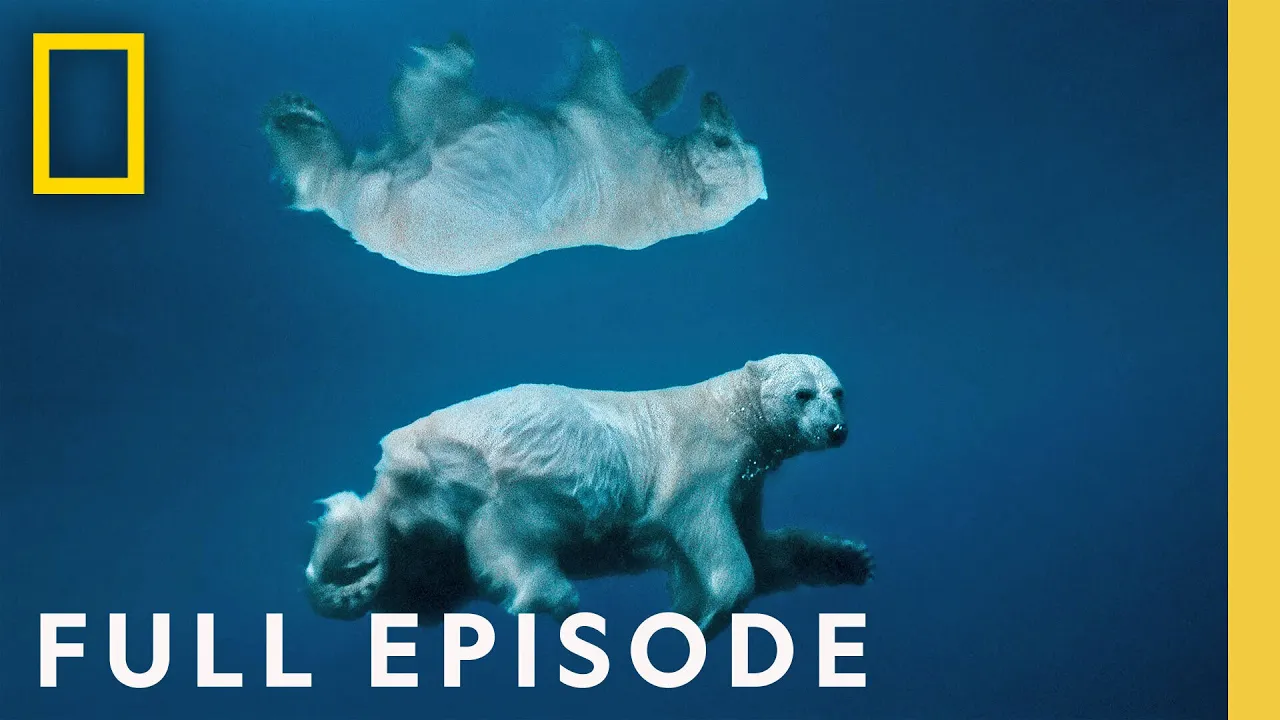
So Paul Nicklen bought a bought during COVID, and he and Mittermeier drove across the country to pick it up.
“Without really knowing very much how to sail, we took this boat and we went to the Bahamas and that’s where the [episode’s] story started,” Mittermeier continues.
She lauds her partner, Nicklen, for his “amazing” ability to put the pair in the right place to capture the perfect visuals. Mittermeier, an exceptional photographer herself, brings a “keen sense” of the political and economic machinations that can be leveraged to achieve a positive conservation outcome. Their featured episode of Photographer was really about that: how they work together, each bringing unique strengths to the table, to achieve something that quite literally changes the world.
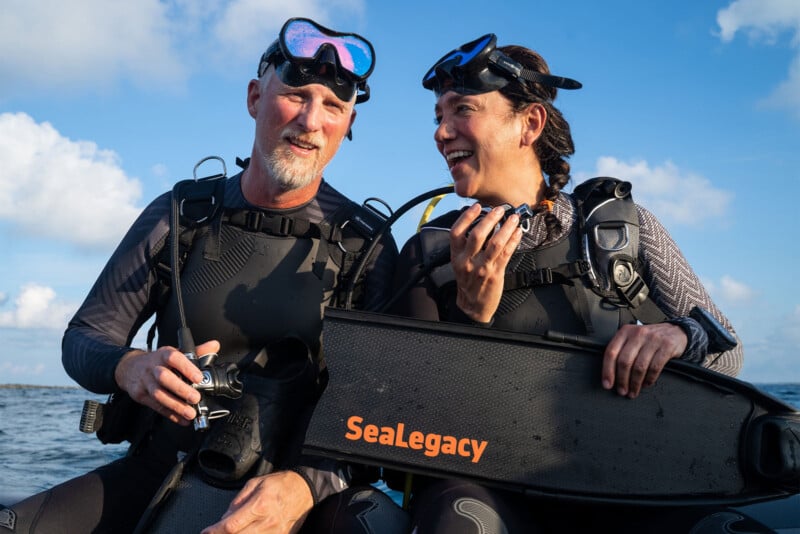
Conservation Photography is Much More Than Just Spectacular Images
There is little doubt that Mittermeier and Nicklen’s superb photography skills play a vital role in the success of their projects. However, both readily admit that being successful conservationists requires more than their cameras. Beautiful photos are an essential ingredient in success, but not the entire recipe.
“I was doing a story for National Geographic on narwhals in 2006,” Nicklen tells PetaPixel. “Geographic told me it’d be a really beautiful behavioral piece. Nobody has these photographs of narwhals crossing tusks out in the middle of the ocean.”
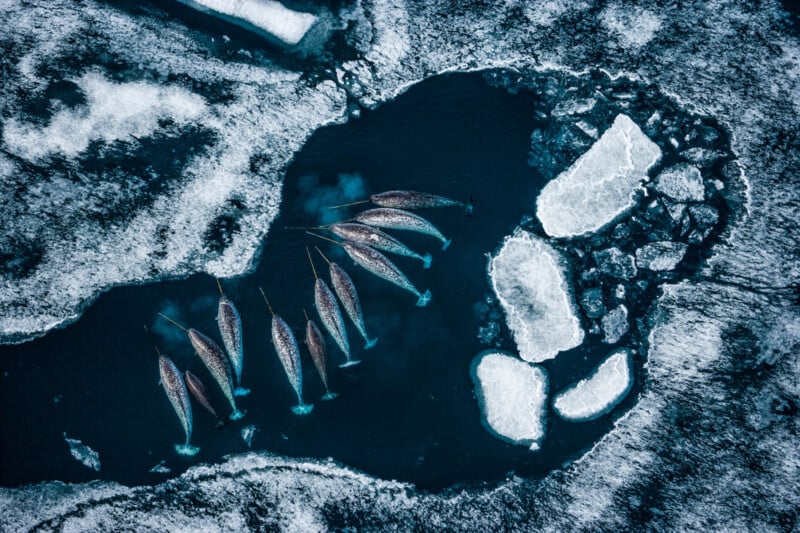
“Meanwhile, I saw the slaughter, a new ivory trade coming out of Canada, and I’m like, ‘It would sort of be a missed opportunity if we didn’t tackle the real issue here and actually drive change.’ That was my big sort of turning point.
“Cristina had coined the term ‘conservation photography’ in 20024, and she actually is the one who really helped me a lot with basically labeling [my work] because I was like, ‘No, I’m a journalist.’ She was like, ‘No, you’re a conservationist. You’re out there representing these animals, giving them a voice, tackling the issue.’ So that was the turning point for me.”
Mittermeier adds that she was meeting talented photographers “like Paul,” who were on incredible assignments and projects that call attention to issues.
‘No, you’re a conservationist’
“Sometimes it was ‘let’s stop the slaughter,’ sometimes it was ‘let’s create a national park.’ But the photographs themselves do not do the job, it doesn’t matter how beautiful they are, the photographs themselves cannot create change. Photographers need to become champions of causes themselves,” she says.
“The photographer puts on a superhero suit and declares themselves the spokesperson, the ambassador, the person who’s going to push for this campaign with their images.”
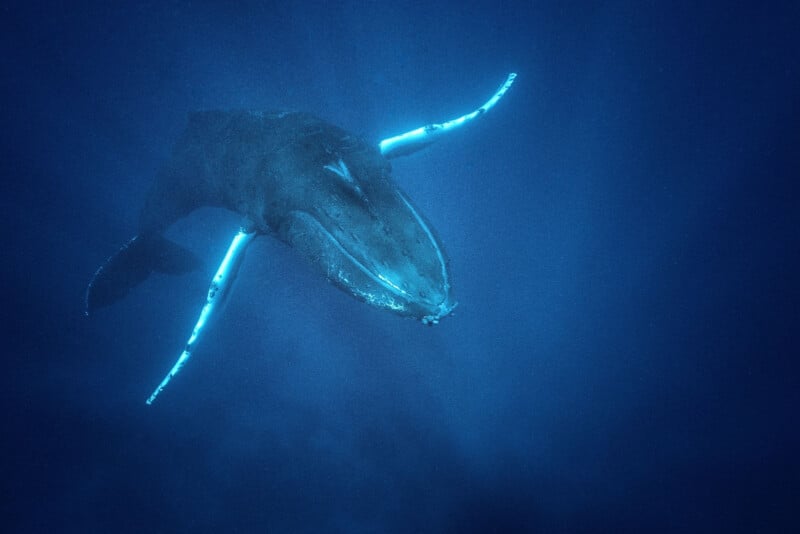
Both photographers agree that while effecting real, lasting change requires work beyond the camera, they both fully acknowledge that the quality of their photographs plays an essential role in creating the opportunities needed to make the necessary change and protect animals and ecosystems.
“The invitation by the minister of the environment or the president or whoever is because of the quality of the [photographic] work,” Mittermeier says.
As for what separates a photographer from a conservationist photographer, Nicklen says it’s simple.
Whether you’re a photographer or a photojournalist, when you’re coverage is done, you’re done, Nicklen says. “You’re onto the next one.”
“That’s what was driving me nuts at National Geographic. I loved it, but there was no follow-up, there was no conservation.”
“There was always this big opportunity at the end of all these stories. That’s when the real work begins, that’s when you can really drive change,” Nicklen continues.
A conservation photographer picks up that torch and does the work beyond the initial story. The camera stays locked onto that subject until the situation has improved, or at least every possible avenue for making a difference has been explored.
When Paul and Cristina first met more than two decades ago, Nicklen recalls that they had a big argument.
“She’s like, ‘This is a missed opportunity. The fact that you just did this, it’s an epic piece and the fact that you’re just not going to do anything with it and show the pictures to anybody for conservation…” Nicklen recalls.
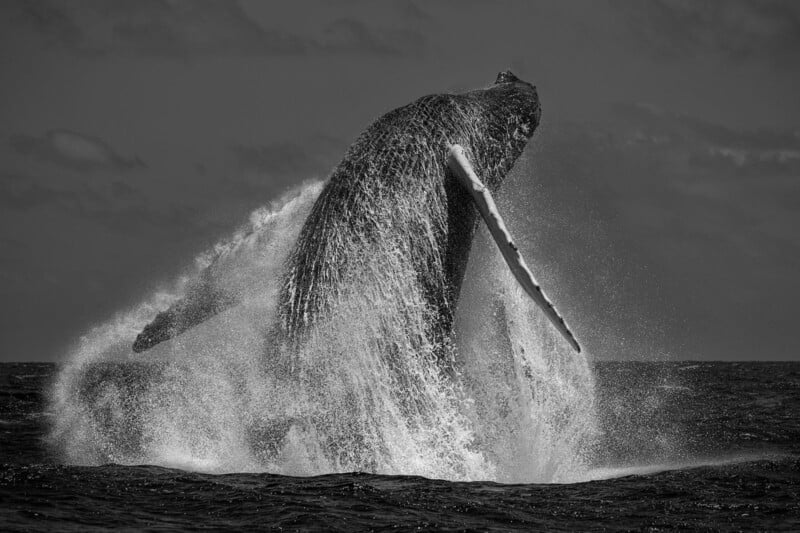
“And she was 100% right.”
This story was about the Phoenix Islands north of Samoa, and with Mittermeier involved following Nicklen’s original story, the area became one of the world’s largest protected marine areas.
“Because I have 30 years of networking and [very many] relationships in the conservation community, I can see the throughlines of where the change will come,” Mittermeier says. She was working on the Phoenix Island situation when she met Paul, and they had their “fight.”
“The Washington Post wanted to do a feature story and they were going to interview the scientists who had been on assignment with Paul. And I thought this is an incredible opportunity for Paul to show the work he did as a photographer and say, ‘Without me as a photographer there to tell the story and shine a light, there’s no way this would have ever happened.’ And it is true,” Mittermeier recalls.
“The journalist is a ‘gun’ for hire. He’s there to do a job, he documents, and he leaves. The conservation photographer is an activist, and as such, you will look for all the political, social, and economic opportunities for your images to create change. It requires a huge personal commitment,” Mittermeier concludes.
“Photography is one of the many tools” a conservationist photographer has at their disposal, Nicklen adds.
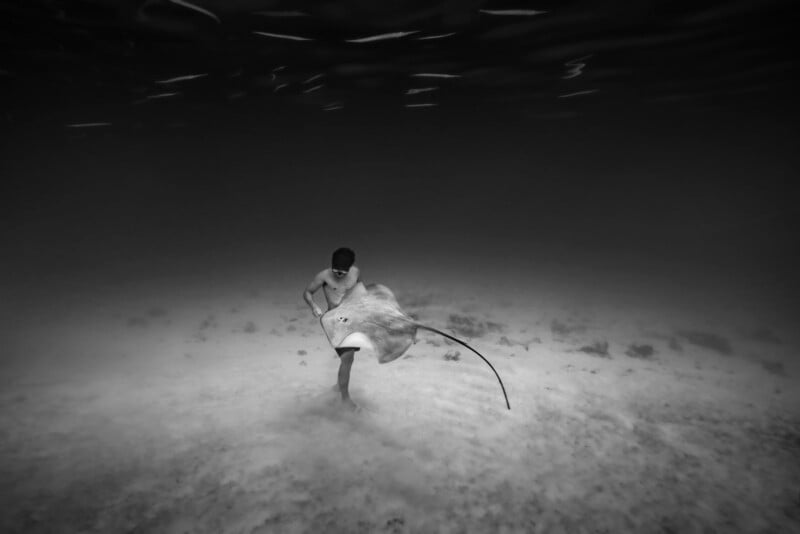
The Artistic Side of Conservation Photography
As Nicklen moved away from hard-hitting journalistic projects and toward conservation photography, his relationship with Mittermeier grew, and they fell in love. He has since embraced the more artistic side of photography he has long pursued. He had a long career at National Geographic, and there, he worked within a particular editorial style, one he routinely pushed against.
“I think my editors at National Geographic really struggled,” laughs Nicklen. “For me, it was really important to have those opening spreads that were beautiful, powerful, evocative images that stopped you in your tracks. I loved shooting those images. That’s what I worked so hard to get into the magazine.”
However, Nicklen was not excited by the other types of shots required.
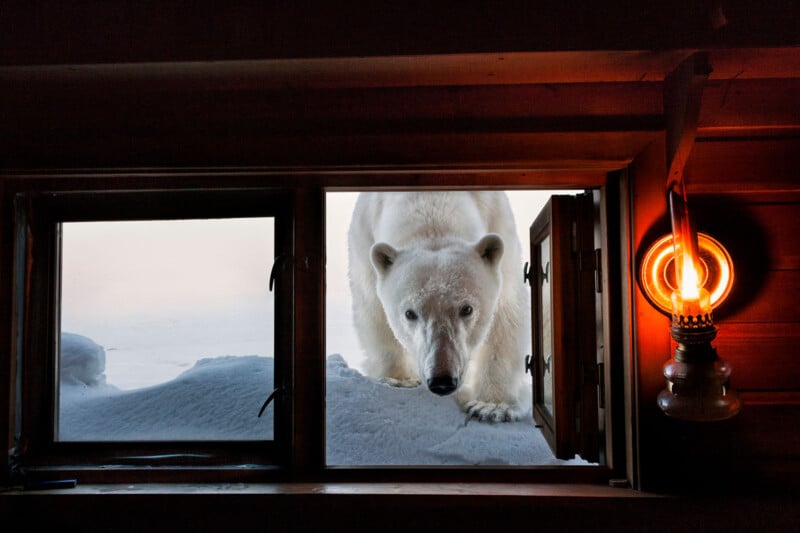
“So the magazine struggled a bit with my style in the beginning,” he recalls.
“We have both experienced this amazing shift,” Mittermeier says. “The opportunity to leave the world of [editorial photography] and declare ourselves fine artists with the purpose of carrying on our conservation work.”
She says it’s so freeing to be able to embrace high-key or moody lighting and distinct stylistic choices that don’t always fit the traditional photojournalism look. ”It’s a lot of fun.”
Both photographers are being rewarded in huge ways for their artistic talents, each amassing millions of followers, having their prints purchased by many — including world-famous celebrities — and showcasing their work in new venues, such as galleries and museums.
Mittermeier volunteered during the conversation that Paul has just been awarded the immense honor of becoming a Member of the Order of Canada, which happened earlier this week. For her part, Mittermeier has racked up an incredible assortment of awards, including Conservation Photographer of the Year and National Geographic Adventurer of the Year, to name just a couple.
“I’m excited for him,” Mittermeier says after describing the award and the honor. “But I’m excited for me, too, I get to wear a pretty dress.”
Giving Power to Science Requires a Careful Touch
Much of Mittermeier and Nicklen’s careers have centered on highlighting important scientific missions and projects. While it has involved being more conservation-focused for Nicklen, the core mission has remained constant: to tell powerful stories that people need to hear.
However, not every story is positive or easy to digest. There is an inherent urgency and sadness to conservation work. After all, if something needs saving or changing, that means there is something wrong — something bad is happening.
“We learned very quickly with Instagram that if you just put up depressing destruction, overfishing, devastating stuff, you lose your audience very quickly,” Nicklen says. “So I equate it to boxing. Jab, jab, jab, punch, and jab is beautiful. It’s engaging, it’s evocative, it’s emotional.”
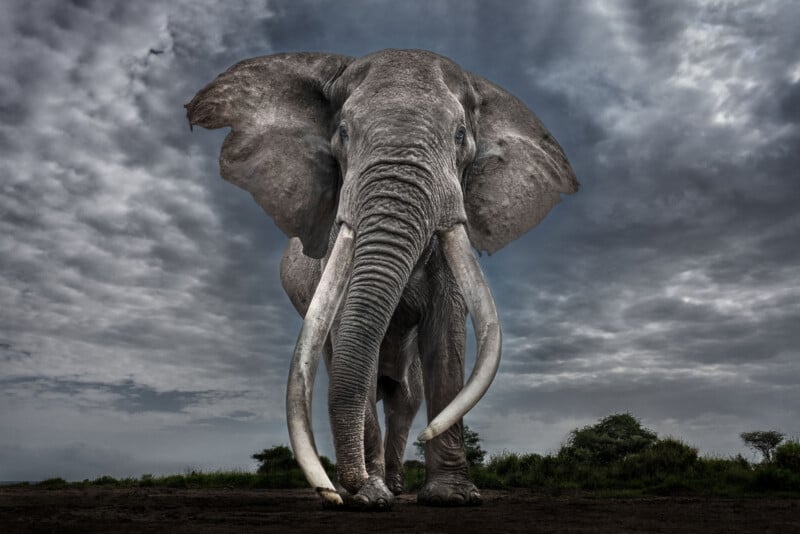
Nicklen says he can’t just show all the bad stuff, the stories that require action. Building an audience and bringing people along on the journey using beautiful photos is vital. He needs to gain people’s trust without overwhelming them.
“Once you have their trust, you can punch ’em in the face with one of these really heavy-hitting, gross issues,” he says with a bit of jest and a lot of sincerity.
“We hang out with a lot of war photographers and when you meet them, they’re so damaged and traumatized by the work they do. And yes, our planet is experiencing a war on biodiversity,” adds Mittermeier. “But just bringing the horrors of what’s happening into people’s homes is not going to create the [required] change.”
“We took a page out of Martin Luther King Jr.’s book. He didn’t start the speech by saying, ‘I have a nightmare.’ He told us what the dream and aspiration was, and we tried to do that with our photographs, to share the little corners of the ocean where the life is still abundant and healthy because that’s the kind of planet we want to live in here.”
“That’s really pretty, hon,” Nicklen says.
“Thank you, darling,” replies Mittermeier.
‘We tried to do that with our photographs, to share the little corners of the ocean where the life is still abundant and healthy because that’s the kind of planet we want to live in here.’
A Partnership in Life, Photography, and Conservation
It is worth noting that both Nicklen and Mittermeier praise Photographer director Elizabeth Chai Vasarhelyi, who worked on their Emmy Award-winning episode, “Win or Die.”
“Chai did a very good job,” Nicklen says.
“It’s the love story of these two people,” he adds, gesturing toward him and Mittermeier.
“Chai gave shape to the episode,” Mittermeier adds. “Chai is the mastermind, the power behind the story. She is a passionate filmmaker.”
Nicklen and Mittermeier have a powerful relationship they both credit massively for their ever-increasing successes.
“He’s so incredibly lucky to have me,” Mittemeier smiles. “You have no idea.”
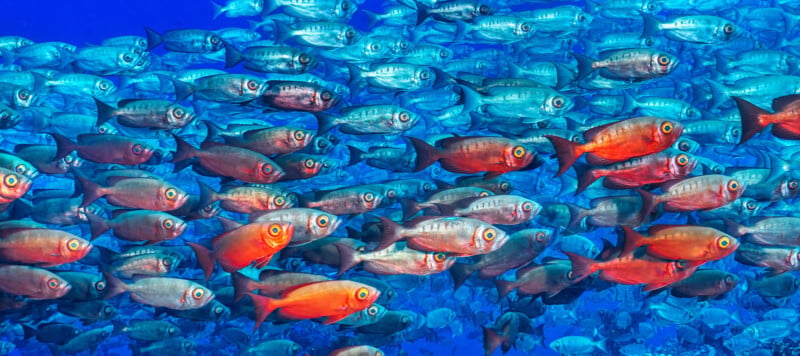
But then the air changes a little. Mittermeier remarks that people still, after all these years and all her remarkable achievements, if Paul “makes all my pictures.” It’s an absurd question caked in misogyny.
“She was empowering me on all my shoots,” Nicklen recalls of Mittermeier. “She was helping me and she was shooting. She was already a very good photographer [before we met], but she hadn’t been shooting that much.”
“Then I started to see photographers, I won’t name any names, but some pretty big name male photographers who were taking me away in private telling me that [Cristina] shouldln’t be shooting.”
Some photographers told Nicklen that Cristina “wasn’t a photographer” and shouldn’t be shooting. She was supposed to be there in service to them.
“When I saw this woman who was already doing everything she could do help all of us, and yet, these guys wanted to crush her even more,” Nicklen says. “I was just like, ‘Okay, I’m going to make my life’s mission to empower her in everything she does.’ And then from there we fell in love.”
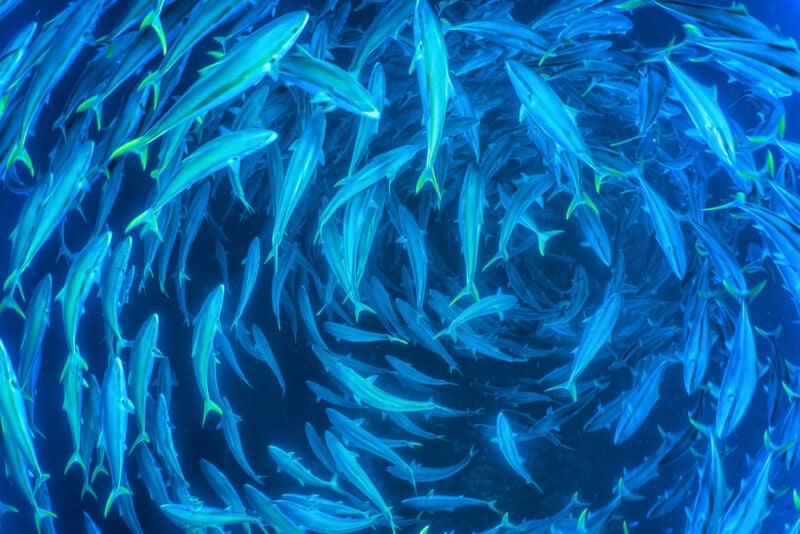
In the years since this, Mittermeier believes the environment for women has changed.
‘I’m going to make my life’s mission to empower her in everything she does.’
“When you see initiatives like Sony Alpha Female.. I think it’s helped a lot of young women,” Mittermeier says. Sony Alpha Female was founded by Sony’s Michaela Ion in 2018.
“A lot of men have said, ‘Why are you doing this for women? This is discrimination,’” Mittermeier remarks. “But they don’t realize this, when you speak at a place like BILD and you look out at the audience, it’s still 90% men. It’s a very male-dominated profession.”
Mittermeier says it continues to improve, and she notes that the evolution of equipment has made photography “much more accessible to women.”
She also credits Paul for being her “champion who spoke up for me and insisted that people look at my work.” Nicklen adds that if not for Mittermeier’s influence on him, he’d probably “be dying a slow death” as a photojournalist or maybe not in photography at all.
“She gets treated poorly by some people, and it just really breaks your heart,” Nicklen says. “I’m a white dude with a camera with a Nat Geo badge, and I had to work for it, but there’s basically a red carpet rolled out in front of me. Cristina had to prove herself. She’s built it herself, but she had to smash through a few walls. And now she’s soaring.”
They say their entire relationship, as it has grown over the years, has been about how they can lift each other.
“It’s been a really beautiful journey,” Nicklen says.
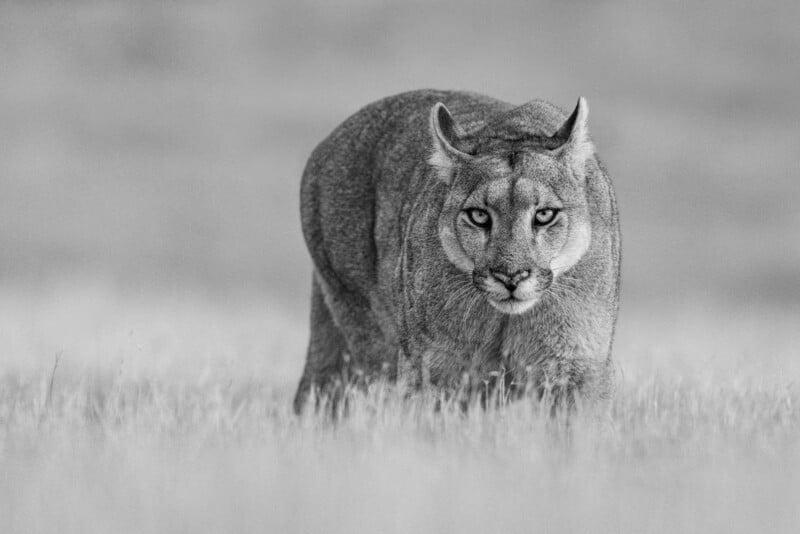
“We’re very complementary,” Mittermeier adds. Nicklen brings his extensive photographic and scientific experience to the table, while Mittermeier, an accomplished photographer as well, has a lifetime of experience in the conservation world, including its politics and economics.
“I’d love to do a photo exhibition called ‘Shoulder to Shoulder’ or ‘Side by Side’ because we shoot a lot side-by-side,” Mittermeier says. “And yet we have very distinct styles.”
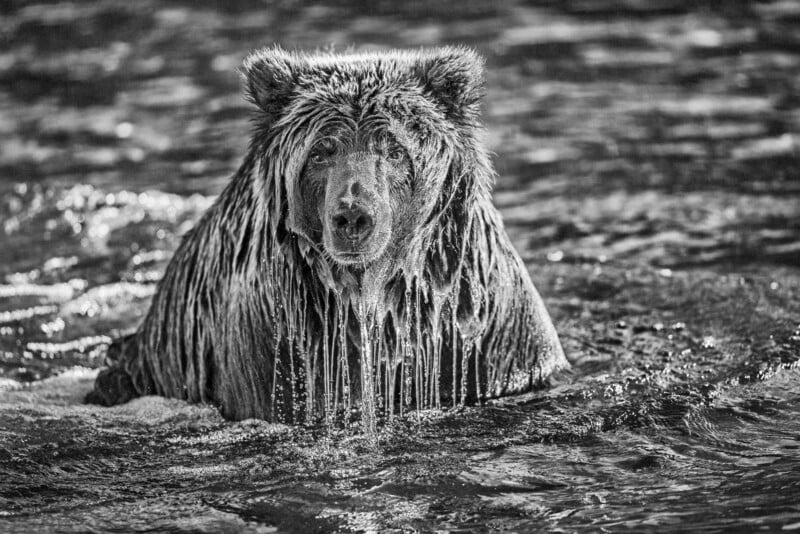
Mittermeier describes Nicklen’s style as intimate, in-your-face, and beautiful, while she thinks her style is more muted.
“I like negative space,” she says. “I like quiet scenes.”
Nicklen adds that being with Mittermeier makes the long, arduous projects much easier to endure.
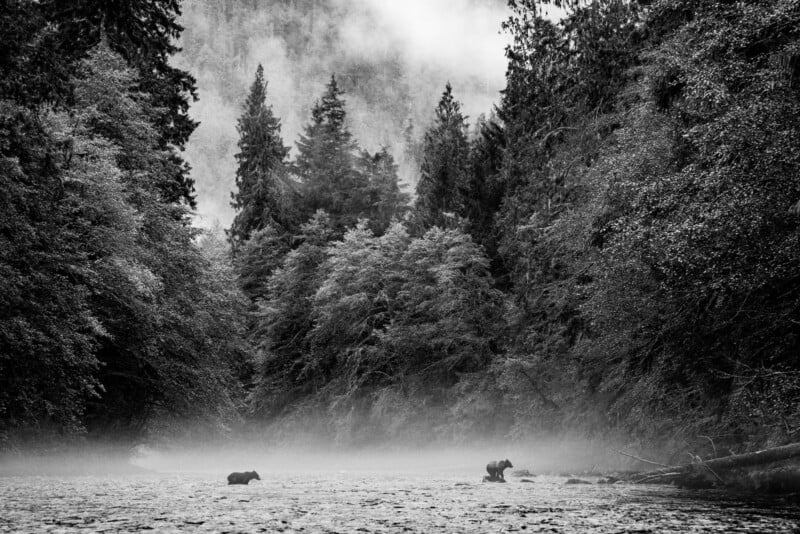
“We were doing wolves for National Geographic and we sat in a blind for 20 days together, every day, from dawn to dusk. It was lonely time in there. So to be able to just hang out and talk, take turns taking naps and watching and waiting for wolves, it was nice,” Nicklen says.
It also helps tremendously that they can work together because they have both been married before and remark that leaving someone behind is immensely challenging.
“Wherever Paul is, that’s where home is,” Mittermeier says.
“We just have these two dependent knuckleheads,” Nicklen says, pointing to a pair of adorable dogs behind them.
“Two anchors… we love them,” he adds.
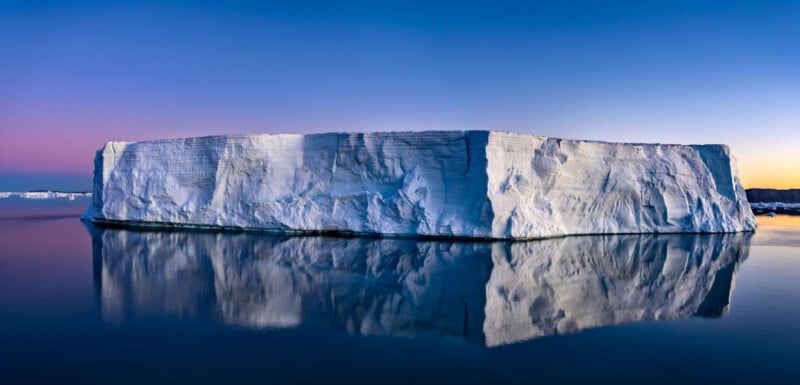
How Photographic Equipment Empowers Their Work
Mittermeier and Nicklen are both Sony Artisans and, unsurprisingly, use Sony Alpha equipment for their photographic and filmmaking work.
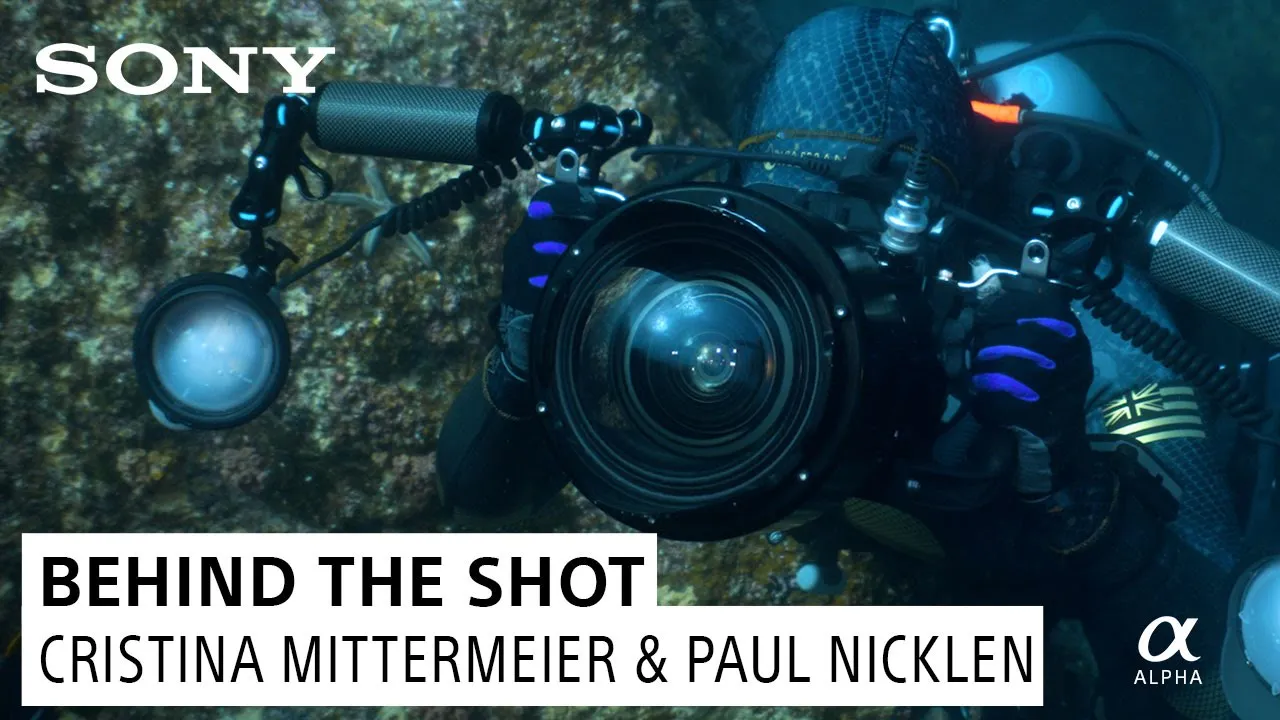
“It’s funny, I sort of got sick of photographing with a still camera,” Nicklen says. “I am watching all these things unfold in front of me and I’m like, ‘Wouldn’t that be amazing to just sit and watch?’”
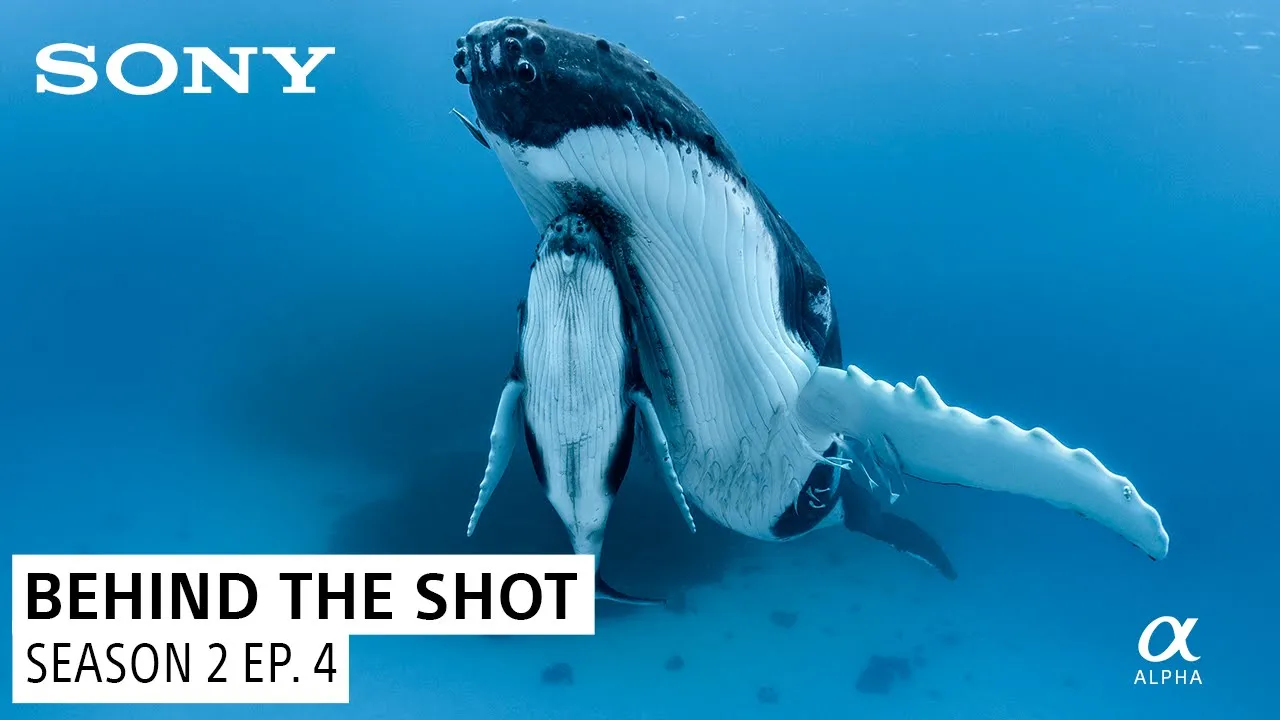
However, in the days of DSLRs, cameras did not shoot anywhere near as fast as they do now, and their video capabilities were limited. Nonetheless, Nicklen fell in love with video around this time and dedicated himself to shooting a great deal of it.
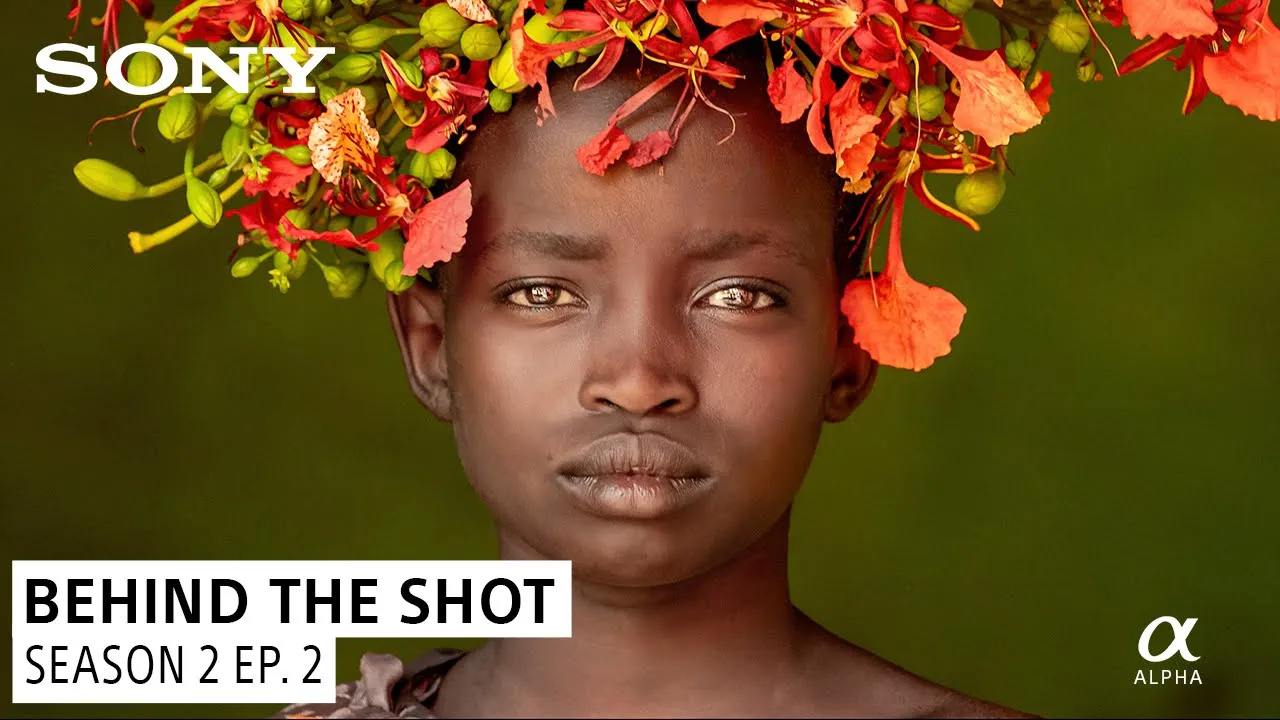
“But after 10 years of shooting video, I started to really miss still photography again.”
“And to be honest, Cristina was getting so good, I was getting jealous. I was like, ‘I better get back to it,’” he says.
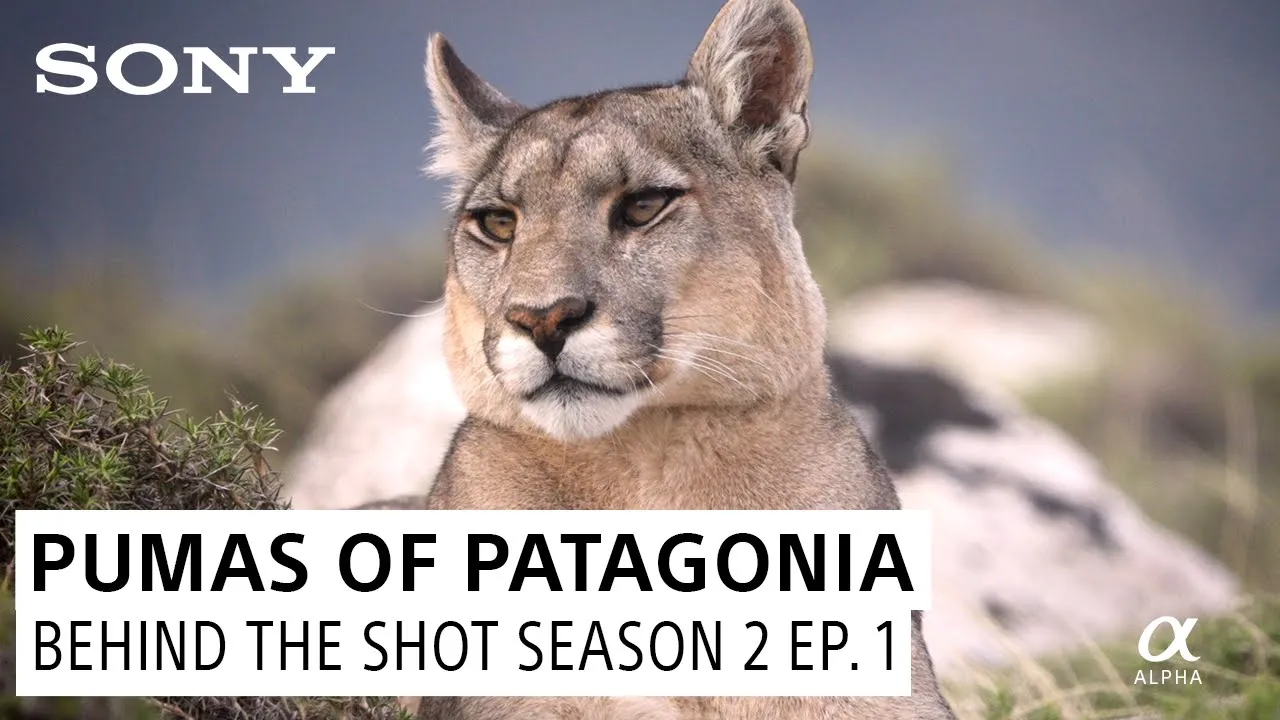
“I started shooting stills again and now it feeds my creative juices more, with these new Sony mirrorless cameras that we love so much,” Nicklen says.
They just got five new a1 II bodies in. Nicklen describes the new a1 II as “ridiculously good.”
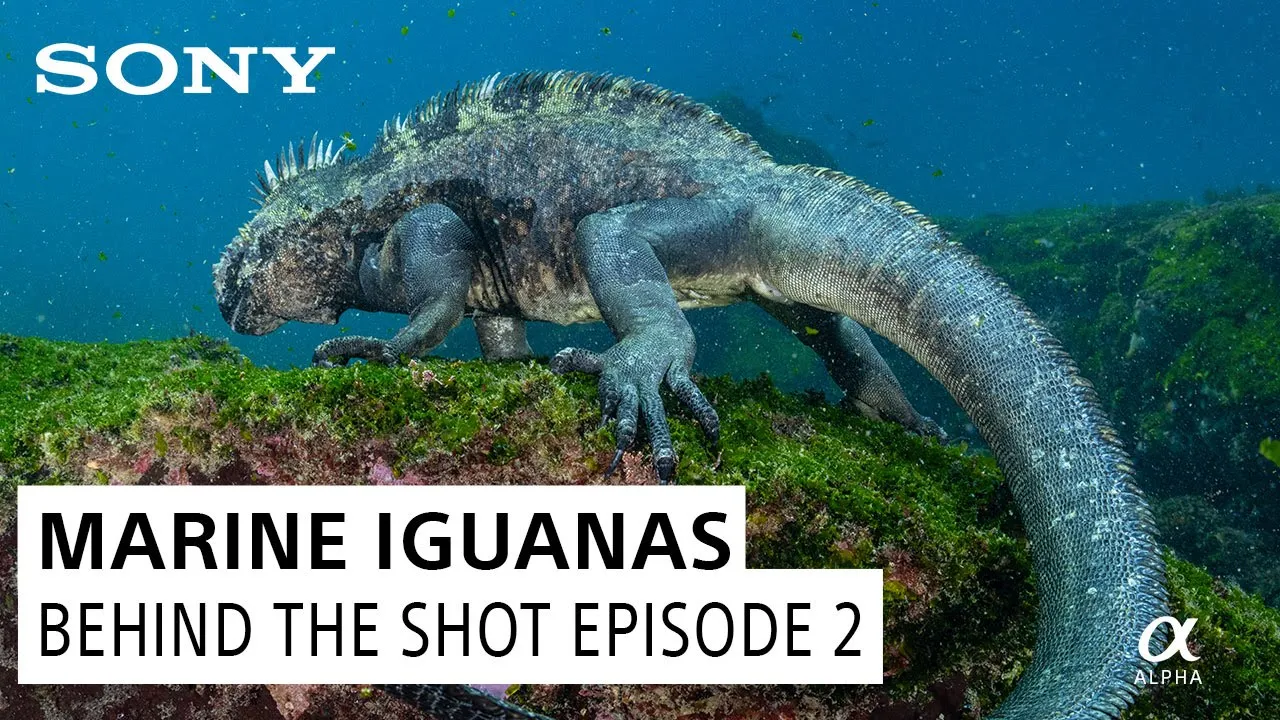
“You have these incredibly sophisticated cameras that don’t black out. Now you can see through the viewfinder and watch what you’re shooting. With the electronic shutters at 30 frames per second, I mean, you might as well be shooting video. They’re just exceptional. It’s a really good time in history to be a photographer,” Nicklen explains.
What’s Next for Cristina Mittermeier and Paul Nicklen?
“I’m working on a new book, Reverance, and Cristina just had a beautiful book come out, Hope,” Nicklen says, mentioning his book only after Mittermeier brought it up, much like his Order of Canada honor.
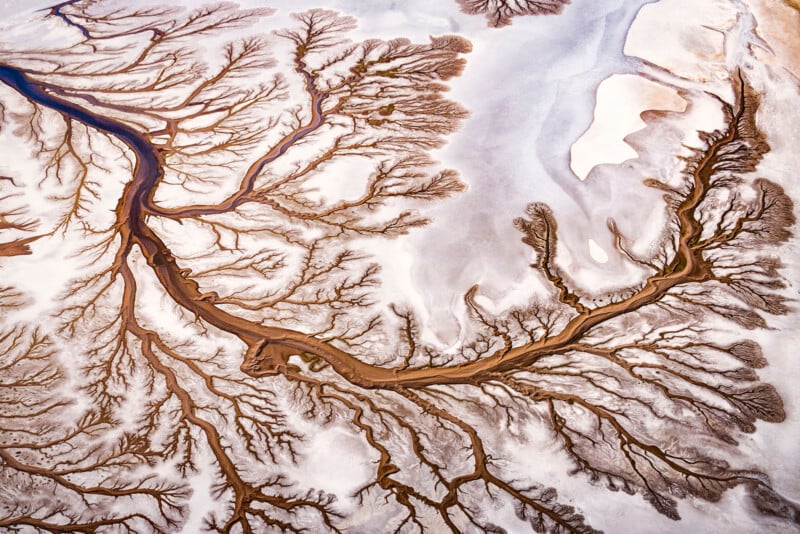
“We’re going to do a series at some point called Hope and Reverence,” Nicklen adds.
‘Wherever Paul is, that’s where home is.’
The duo also notes that after decades of living in Canada, they will soon move to Mittermeier’s native Mexico to spend the rest of their lives together. Nicklen says Cristina has spent enough years with him in the harsh environment of Canada.
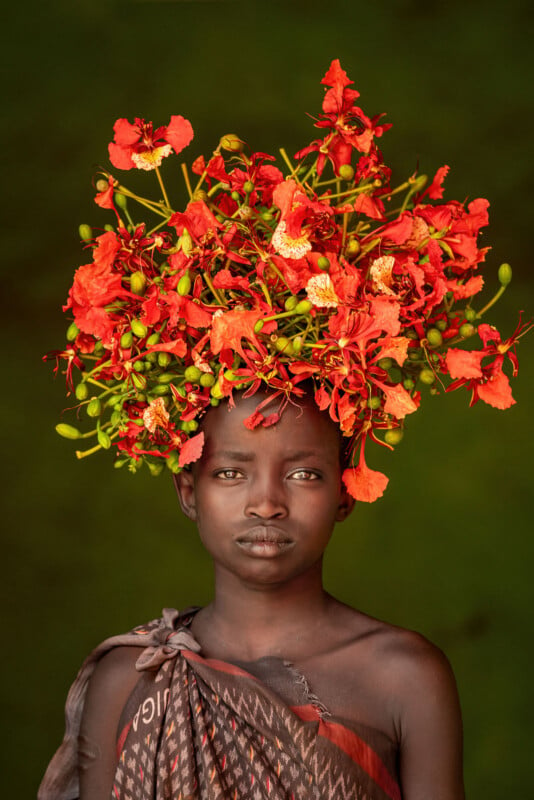
They say they will be much more selective with their time after decades of constant travel and work. There are many more photographs to capture, stories to tell, and a battle for Earth to fight. Both photographers are heavily involved in mentoring the next generation of conservation photographers, ensuring they have the necessary skills and tools. The more people working hard to save the planet, the better, and very few people have given more to the cause than Cristina Mittermeier and Paul Nicklen.
Image credits: Cristina Mittermeier and Paul Nicklen. Additional photos by National Geographic and Little Monster Films.



